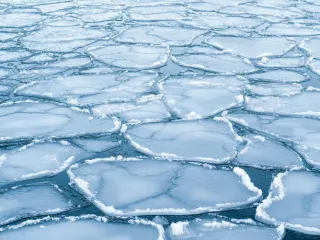Active banners: 1 Visible banners: 1
Banner ID: 4 Has content: true
Let's create continuous conversations about climate change education: Spreading the Sediment of Science!
Interactive Mapping Change
Provided by: American Museum of Natural History |Published on: December 8, 2022
Graphs/Tables
9101112AP
Synopsis
- This interactive map and graph allows students to compare regional temperature changes across different latitudes over time.
- Students can use the map to visualize the changes and draw conclusions about why they vary based on geographic location and year.

Subjects: Earth and Space Sciences, Geography
Authors: American Museum of Natural History
Region: Global
Languages: English
Teaching Materials
Positives
- This interactive map is a great way to visualize data and climactic changes.
- Students can adjust the map settings to their region to see how their area and those in the same latitude have been affected by changes in temperature.
Additional Prerequisites
- Move the slider at the top of the screen left or right to change the year.
- To change the location, shift the bar on the map up or down by clicking and dragging the bar.
- Before using the map, students should be familiar with terms like temperature, average, seasons, and circulation.
- The graph and part of the text may not be visible on your screen.
- This resource requires access to the Internet.
Differentiation
- Challenge students to consider why some areas experience a greater temperature rise than others.
- As a follow-up activity, have students research the effects of increasing temperatures on a specific city, country, or region.
- This resource can also be used in math or statistics classes during lessons about data visualization, graphing departures from an average value, or data analysis.
- Science and geography classes can discuss why some regions have experienced more warming than others or why the warming occurred. This connects to topics such as albedo, the greenhouse effect, the specific heat of water, and the uneven heating of the Earth from the Sun.
- Use this interactive tool to introduce students to other types of climate-related data and maps.
Scientist Notes
Teaching Tips
Standards
Resource Type and Format
About the Partner Provider

American Museum of Natural History
The American Museum of Natural History is one of the world’s preeminent scientific and cultural institutions. Since its founding in 1869, the Museum has advanced its global mission to discover, interpret, and disseminate information about human cultures, the natural world, and the universe through a wide-ranging program of scientific research, education, and exhibition.
All resources can be used for your educational purposes with proper attribution to the content provider.
Teaching Materials
Educator Support
My Account







